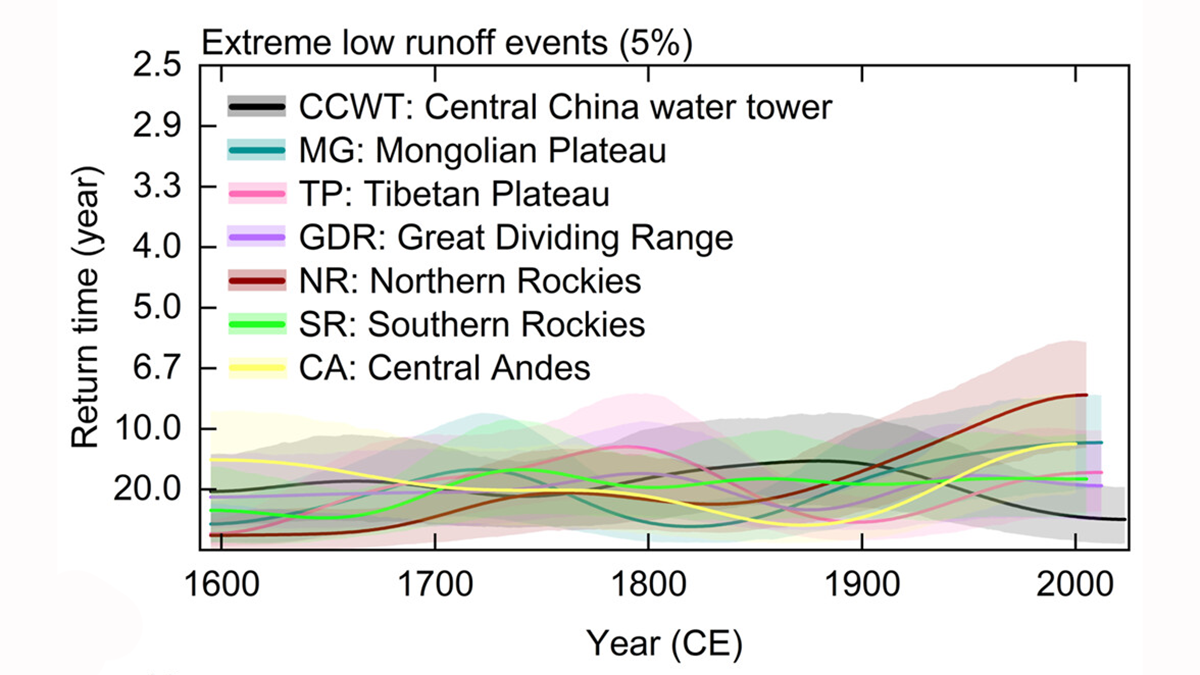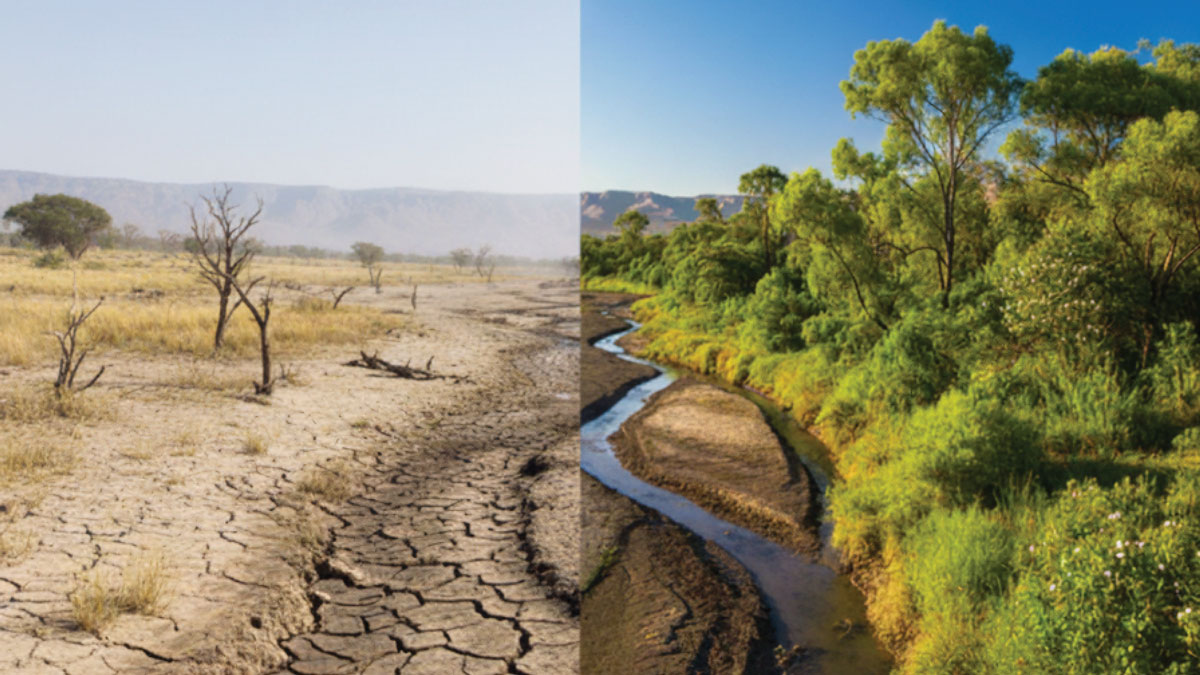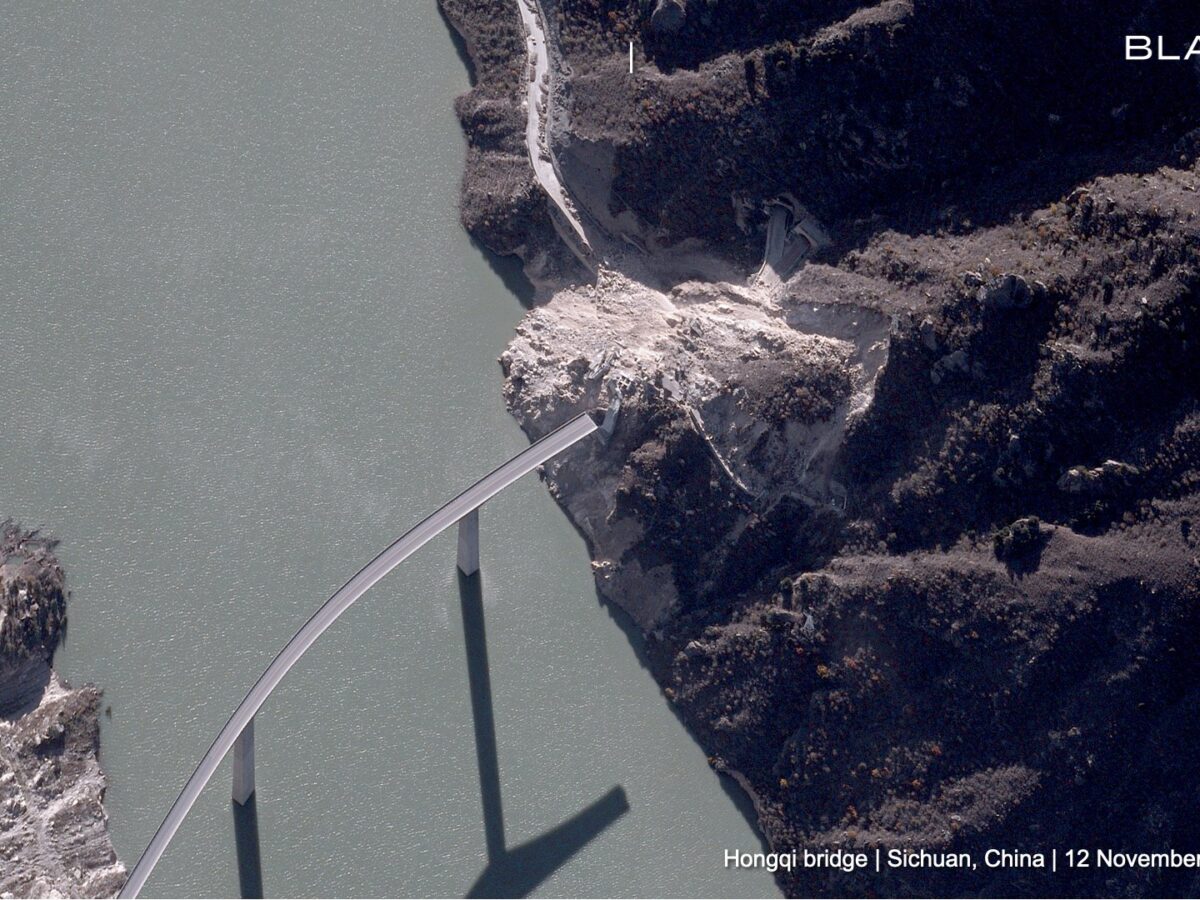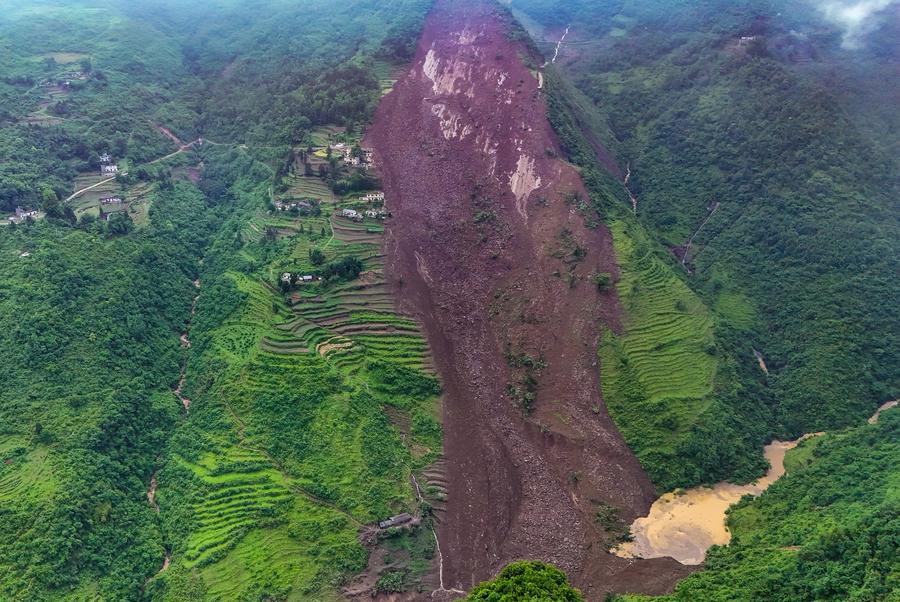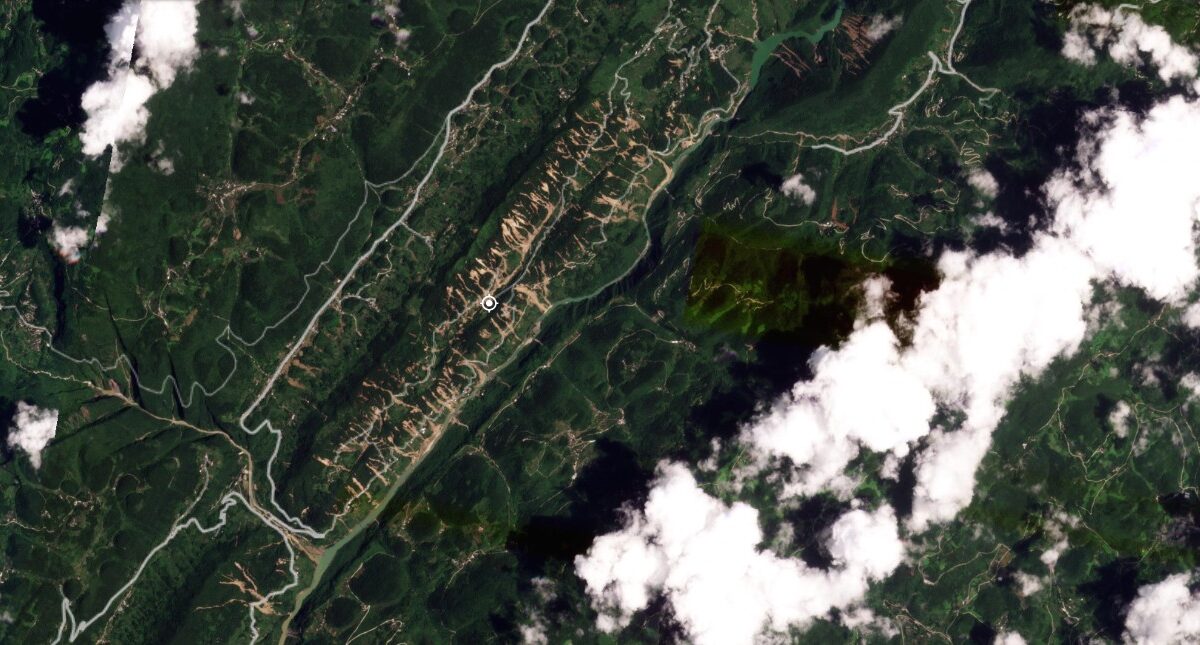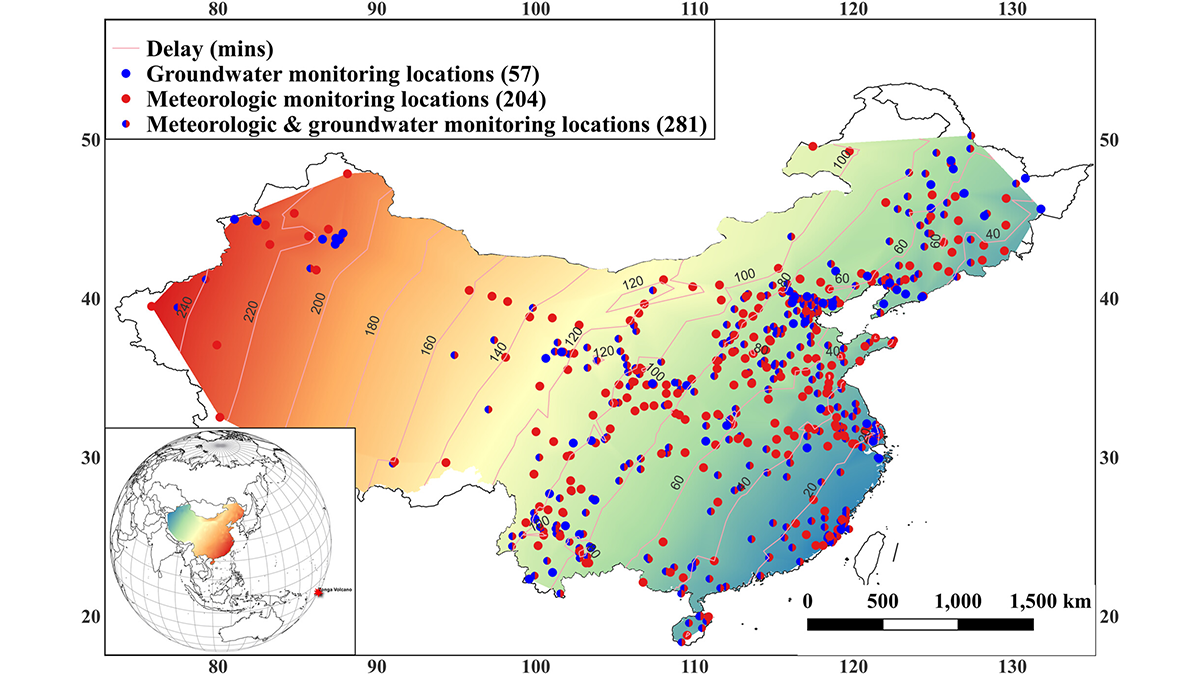A new reconstruction of river runoff from 1595 shows that Central China water towers deliver the most stable water supply from the high mountain ranges of the Pacific Rim.
China
An Ecosystem Never Forgets
A new study in southwestern China shows how ecosystems may exhibit “hydrological memory,” which affects how they react to extreme climate events such as heat and drought.
Satellite imagery of the 11 November 2025 landslide at Hongqi Bridge in China
The Landslide Blog is written by Dave Petley, who is widely recognized as a world leader in the study and management of landslides. Satellite company Blacksky has released a high resolution satellite image, captured on 12 November 2025, showing the aftermath of the 11 November 2025 landslide at Hongqi Bridge in China. The image was […]
The 11 November 2025 landslide at Hongqi Bridge in China
A large landslide has destroyed a 662 m long highway viaduct in China. Over the last two days there has been considerable media coverage of a large, highly destructive rockslide that occurred at Hongqi Bridge in Sichuan Province, China. There is a very interesting set of images of the bridge during construction on the Highest […]
The 22 May 2025 Qingyang landslide in Guizhou Province, China
A c1.4 million cubic metre landslide, triggered by intense rainfall, killed 19 people. On 22 May 2025, the large Qingyang landslide occurred in Dafang County, Guizhou Province, China. This landslide was widely reported to have “trapped” 19 people. In a paper in the journal Landslides, Wen et al. (2025) provide an initial but very helpful […]
The 12 July 2024 landslide cluster in Pengshui County, Chongqing, China
About 140 mm triggered 143 landslides in an area of about 10 km2, killing two people. Loyal readers will have noticed that I’m fascinated by dense clusters of landslides triggered by intense rainfall (or earthquakes). Over the years, I have written about these on multiple occasions, but increasing numbers are being described in the literature. […]
Smallholder Farmers Face Risks in China’s Push for Modern Agriculture
A study of a circular agriculture project in China shows both the promise and the political challenges for smallholder farmers’ autonomy and fair representation.
The 7 August 2025 landslides and debris flows in Yuzhong County, Gansu Province
At least 43 people were killed in devastating landslides and debris flows in northern China. Planet Labs images provide an insight into this disaster. It is extremely challenging to keep up with the landslides occurring around the world at the moment. There has been a lot of attention paid to the remarkable rock slope failure […]
A Volcanic Boom Puts the Squeeze on Remote Confined Aquifers
A new study shows that ground water levels responded to forcing by barometric pressure pulses from the 2022 Hunga Tonga-Hunga Ha’apai Volcanic Eruption.

